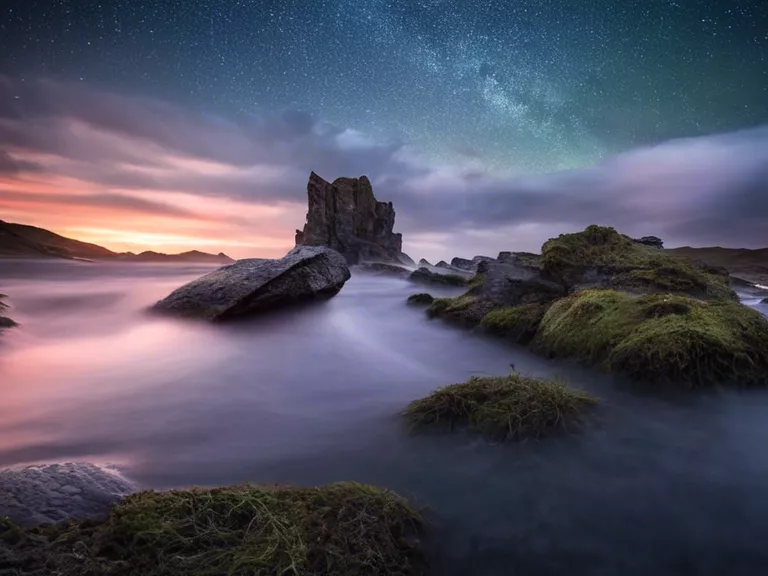
Taking photographs of landscapes can be a rewarding and enjoyable experience, capturing the beauty of nature in all its glory. However, shooting in challenging conditions can present some obstacles that may hinder your ability to get that perfect shot. Whether it's dealing with harsh lighting, inclement weather, or difficult terrain, here are some tips to help you overcome these challenges and capture stunning landscape photos.
Scout your location beforehand: Before heading out to shoot, do some research on the location you'll be photographing. Look for interesting landmarks, potential vantage points, and any potential obstacles that may affect your shoot. This way, you'll be better prepared and able to make the most of your time on location.
Use filters to control light: In challenging lighting conditions such as harsh sunlight or overcast skies, using filters can help you control the amount of light entering your camera. A polarizing filter can reduce glare and enhance colors, while a graduated neutral density filter can help balance the exposure of the sky and the landscape.
Adjust your settings accordingly: Depending on the conditions you're shooting in, you may need to adjust your camera settings to get the best results. For example, in low light conditions, you may need to use a slower shutter speed or a higher ISO to capture more light. Experiment with different settings to find the perfect combination for the landscape you're shooting.
Embrace the weather: While photographing landscapes in perfect weather conditions can be ideal, don't be afraid to shoot in less-than-ideal weather. Cloudy skies, fog, or rain can add drama and atmosphere to your photos, creating a unique and moody look. Just make sure to protect your gear from the elements and be prepared to adapt to the changing conditions.
Stay safe and be patient: When shooting in challenging conditions, safety should always be your top priority. Be aware of your surroundings, watch out for potential hazards, and take precautions to protect yourself and your equipment. Additionally, landscape photography requires patience and a keen eye for detail. Take your time to frame your shots, wait for the right moment, and don't be afraid to experiment with different angles and compositions.
By following these tips, you'll be better equipped to overcome the challenges of photographing landscapes in difficult conditions and capture stunning photos that truly showcase the beauty of nature.

